reviews
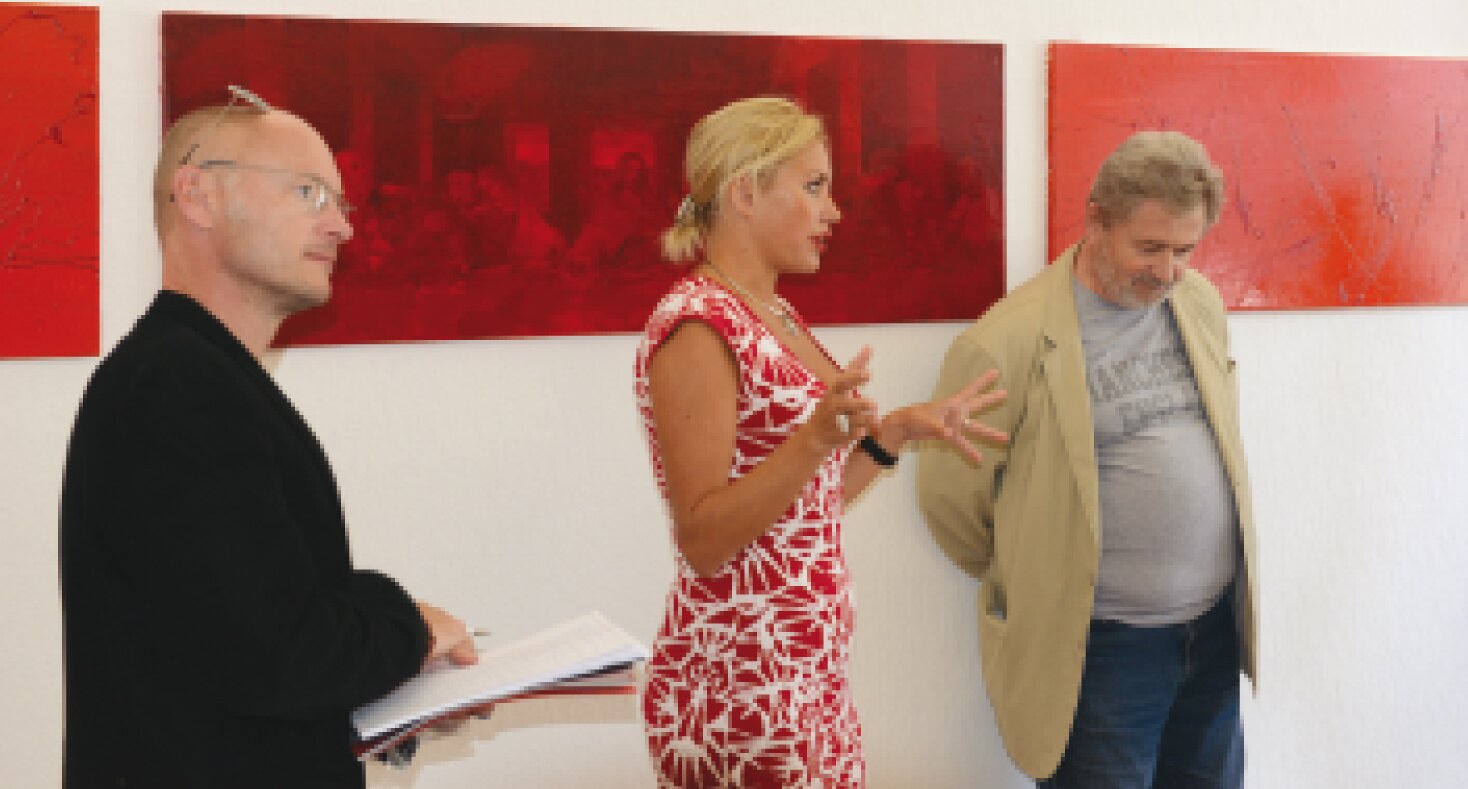
When Christina Katrakis starts to talk about her latest film, her voice speeds up. This summer, the curator was able to finish her series of interviews with the artist Ultra Violet just in time. The artist, born Isabelle Collin Dufresne, had been ill with cancer for a long time and in June 2014 she finally succumbed, to the disease. On camera she talked extensively about her life with the most important artists of the 20th century.
Nikolaus Nowak, art critic, journalist, CMOODY, DeLuxe Magazine, 01 December 2014
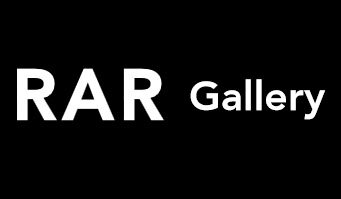
ich freue mich,Ihnen ein besonderes Schmankerl für ihr Kunst-Programm anbieten zu können: Eine gut 30 Min. langen Film von der internationalen Kuratorin Christina Katrakis, in welchem sie ein Interview, das letzte, mit der kürzlich verstorbenen Künstlerin Ultra Violet führt.
Im Bewusstsein der Freiheit, die ihr das Alter gewährt, gibt es da starke Sprüche, die man auch sonst nirgends findet. Ich glaube das ist etwas für die an Kunst interessierten unter ihren Zusehern.
Charles Rump, RAR Gallery, 23 September 2014
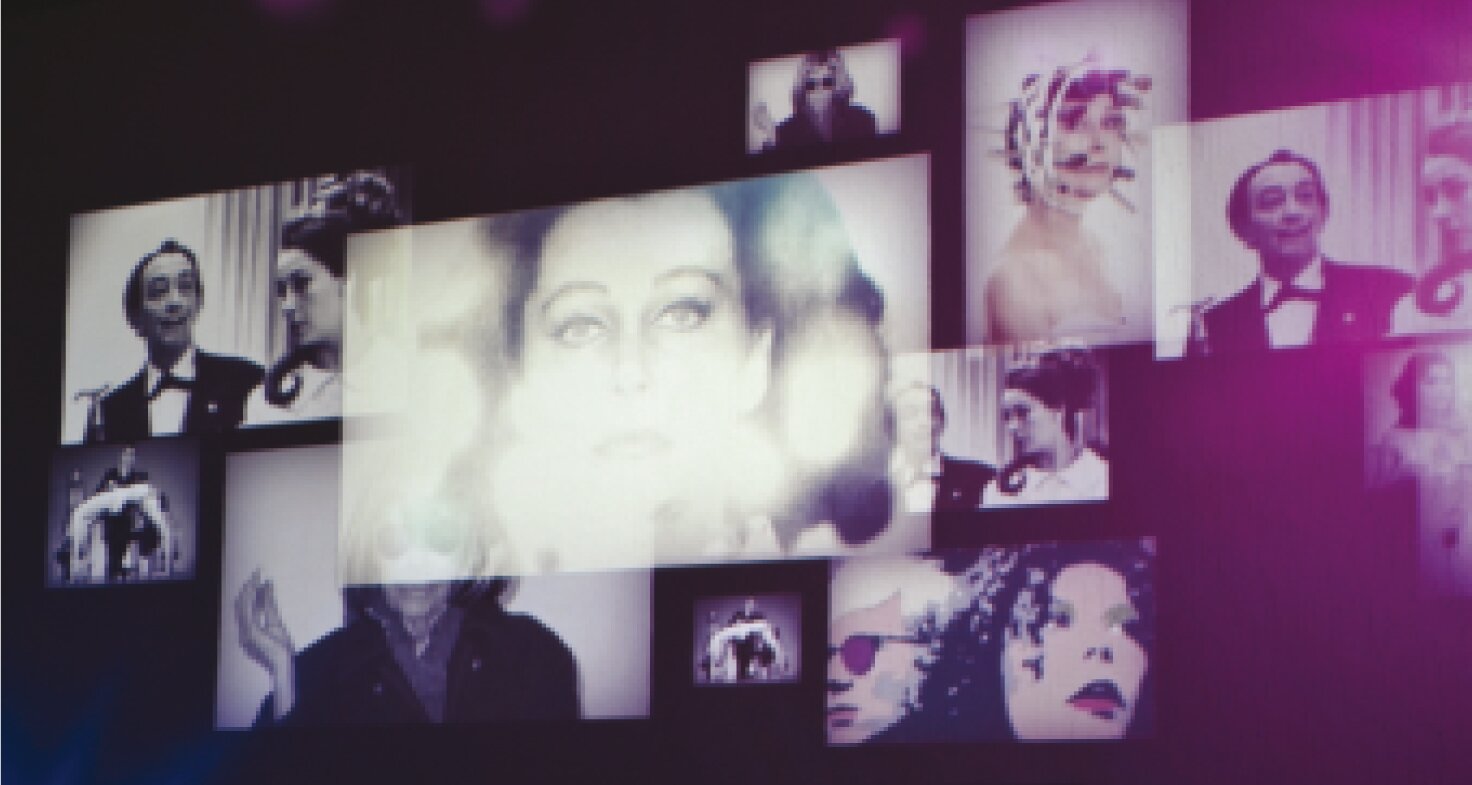
Wenn Christina Katrakis auf ihren jüngsten Film zu sprechen kommt, wird ihre Stimme schneller. Im Sommer konnte die Kuratorin ihren Interview-Zyklus mit Ultra Violet rechtzeitig abschließen. Jene Künstlerin, bürgerlich Isabelle Collin Dufresne, war lange schon an Krebs erkrankt, im Juni 2014 erlag sie ihrem Leiden. Vor der Kamera aber berichtete sie umfassend über ihr Leben mit den bedeutenden Künstlern des 20. Jahrhunderts.
Nikolaus Nowak, art critic, journalist, CMOODY, DeLuxe Magazine, 01 December 2014
So, ich hoffe, Ihr habt sie vermisst, die Codirete! Seit einer Woche nix! Oh, Manno, aber ich war eben "zu" bis Oberkante Unterlippe. Das kann schonmal vorkommen. Die Frequenz wird sich ohnehin etwas ausdünnen, da die zweite Jahreshälfte rfahrungsgemäß die stärkere mit Arbeiut belastete ist. Immerhinque: Ich habe mein iPad abgegeben, statt dessen habe ich jetzt einen richtigen transportablen Computer, ein MacBook Air. Mit dem kann ich auch von unterwegs problemlos kommunizieren, vor allem Sachen schreiben. Codirete zum Beispiel. Ich werde ja die ersten beiden Novemberwochen in München sein. Da muss das kleine leichte Teilchen seine Feuerprobe bestehen...
Charles Rump, RAR Gallery, 7 September 2014
Igor Kalinauskas ("INK", Igor Nikolayevich Nikolayev; *1945 in Novgorod) studied at the Boris Shchukin Theater Institute and has worked, besides his artistic endeavors, as a theatrical director, became psychologist and has been working as such since 1986 at the Kiev Institute for Medical Radiology, which is specialized on the treatment of Chernobyl victims.He has published a number of books. "Alone With the World" )1991) has seen eight editions and has been translated into five languages.
Together with Olga Taktchenko he (stage name "Silin") he forms the singing duo "Zikr" (20 albums). Since 1996 he has intensified his work as an artist (more than 25 solo shows, in, a. o. places like Ukraine, Russia, the USA, Lithuania and Slovakia. He exhibited, among other places, at the Leonardo da Vinci Museum in Milan, the Saatchi Gallery London, and in New York, and Moscow.
RAR Gallery
Ultra Violet & Igor Kalinauskas "Ultra Violet Light"
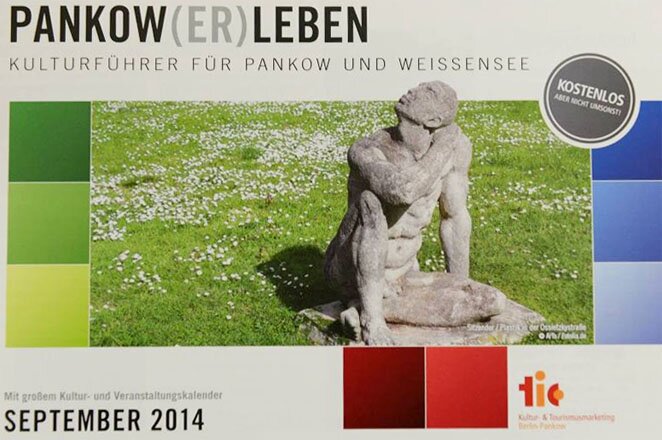
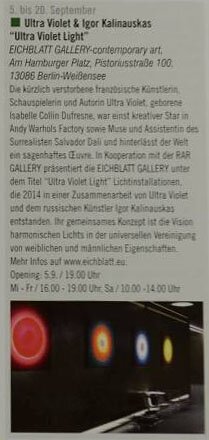
Pankow(Er)Leben, September 2014
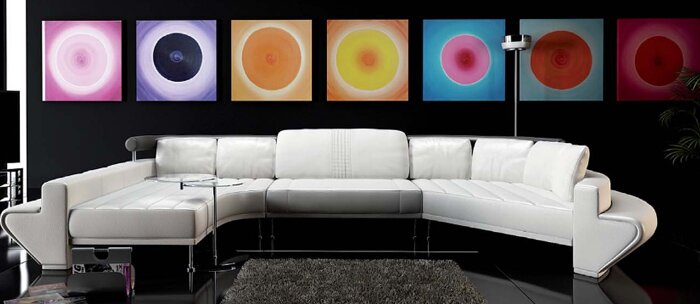
"The artist’s motif is the circle, and he delves not only into its geometric properties but also its symbolic impact. The circles can be warm and inviting, as they conjure female qualities like the womb and the breast, or they can be awesome as they evoke eclipses of the moon or the sun and other cosmic events. The viewer is presented with fascinating ambiguities such as the element of scale. Circles might allude to the microscopic world or to the macrocosmic, and they might occupy positive or negative space. The works are rich in color and vibrant with brushwork."
Curatorial Review for The New York Times, Nicholas Bergman,
international Exhibition at Caelum Gallery, NY, Jan 8-18, 2014
Igor Kalinauskas: A Russian Artistic Cosmonaut Takes Off
In his his iconoclastic essay "Asphysixiating Culture," the French painter Jean Dubuffet laments the influence of culture on contemporary art, in favor of "outsider art," or to use his own term, "Art Brut": the work of naive, unschooled artists or mental patients.
Igor Kalinauskas, the subject of a superb recent exhibition at Caelum Gallery in Chelsea, is neither naive or unschooled; nor is he a mental patient. Quite the contrary, he is a renowned Russian psychologist specializing in studying the creative process as well as a business coach, musician, theatrical director, lecturer, and author of thirty books published in several different languages. But when, at a relatively advanced age he took up painting in 1996, as a direct result of his working with visual and other kinds of artists in his clinical practice, he decided to educate himself rather than undergoing formal study After taking a couple of lessons in classical painting from "one of the best teachers from St. Petersburg," he arrived independently at the same conclusion as Dubuffet: that further study could only serve to asphyixiate his own creative process.
Byron Coleman, Studio & Gallery, New York Magazine, USA.

"As I walked in, I couldn't help but notice massive spherical shapes dominating the wall, and the gallery overall, so it seemed. Titled "The City - New York" from the series "The Wondering Stars", four large paintings form one big wall-size square, a collage of spheres which engulfs the viewer, mesmerizes him and bewitches with its rigid conceptual sensuality of form. "The 2014 international Winter Exhibit" in Caelum Gallery in Chelsea - represented this time, much more then just the art show, it stood for the contemporary movement and concept in the New York Art Scene of the 2013 overall. It became a summary of the 2013 and its top art trends: the ideas, the concepts, the elements, the vision of the year - were all here.
Somehow, I was not a bit surprised to see the so called "renaissance man" - Igor Kalinauskas (an European artist, author of "The City - New York" from the series "The Wondering Stars" displayed in the show), turn to "tondo" art shapes in his painting. These round, circular shapes known to art critics as "tondo" (an Italian word for "round"), have their deep historical roots. It was the most common shape in use by the Renaissance masters, specially when depicting divinity and the sacred. Thus, the parallel between the the earlier works by Kalinauskas, such as "The Last Supper" installation, and the new tondo paintings is remarkable. It is a natural continuation of the sacred theme, the divine and the worshiped. Yet now, Kalinauskas translated the objects into paint, the installation into the basic abstract shapes, that are both: rich in historical value and background, and yet absolutely modern in context.
Christina Katrakis MFA (PhD), contemporary international art critic and curator, art historian,
professor of Fine Arts and Art History, president of the International Academy of Arts,
UN ambassador of good will in the field of Culture, USA.
Igor Kalinauskas is a man accustomed to personal power. His short, grey beard and his gift of complete, intense focus add up to a weighty presence. He is animated, his face intelligent, mobile and engaging. His energy, when it’s needed, comes on like a turbine. He makes a point by leaning close to conjure an intimacy, or by gesturing with his hands, quite large hands, to make an emphasis.
“One plays, or one is played,” he says. Plenty in Igor’s branch of psychology is about games and game playing, and two of the books of psychology that he has written are expressly on the topic of games. These are entitled Games Played by ‘I’, and Games Played by ‘We’.
Igor is still as he speaks, maintaining contact through his twinkling, saturnine gaze. “It is necessary to compete with yourself, to compete with the inner inertia that can hold you back and prevent you from changing, when we live in a changing world. Understanding that competition is a social contest for resources, it is necessary to strengthen one’s professional, psychological and emotional resources.”
BOND BESPOKE LIFESTYLE, Bond Magazine, London 2012

At first glance, Igor Kalinauskas seems to embody the Renaissance "universal man" concept. Much like the Odysseus from Homer's epic, he is "the man of many twists and turns". Yet when confronted with this question, the artist replies: "There were Titans of Renaissance, and I am a "dwarf" of Renaissance." This multidimensional personality concept is extremely post modern. Here's how the artist himself defines the multidimensional nature of his persona in the contemporary context and society:
"I'm often asked, how do I separate all these different spheres of my life, be it art, music, theater, film, literature, psychology or philosophy, which all seem to bland into one, and define me as a person and a creator. You know, there's an individual, it is a set of social relations. But nobody needs it. Everyone needs a Person. It's like the Mask really. In ancient Greece that was what they called Mask. But now we denote some format by this word. All the society needs is a format and the rest is useless. That's why we are trying to add the relations of private life to the social interaction. And if you have the skill, you can create those persons using the inside of yourself. And they will be alive. I have a lot of them...
Christina Katrakis MFA (PhD), contemporary international art critic and curator, art historian,
professor of Fine Arts and Art History, president of the International Academy of Arts,
UN ambassador of good will in the field of Culture, USA.
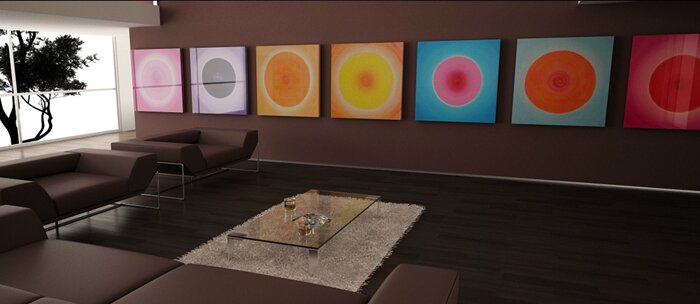
"Wandering Stars" of Igor Kalinauskas
A minor vernissage of a Russian artist Igor Kalinauskas has closed in Zurich this week. Its opening in a small gallery in the heart of the old town, lost in the labyrinth of ancient houses, making it even more intimate, gathered – as the organisers stated – about a hundred visitors. They all had come to enjoy the works of the author – the brush and voice masterpieces. It is hard to imagine them housed in this two-storey building, but the reason for them to be here is clear to anyone, who has seen the master's works.
I see people in the street from afar, approaching the gallery. They are in their evening wear, holding glasses of champagne. They speak different languages – English, German, French, Russian – discussing one and the same thing: "wandering stars" of Igor Kalinauskas.
Elena Jetpyspaeva, art reporter, "Nasha Gazeta"
"No one can call Igor Kalinauskas an artist in the simple sense of the word. He is a theatrical director, a philosopher, a professional psychologist, and a musician. Quite like a man from the Renaissance, Igor Kalinauskas easily and skillfully manages to express his abilities in completely different areas.
It has not been long since he first became seriously engaged in the arts – just about fifteen years ago. For Igor, art became the limited continuation of his multi-dimensional activity, another means to reveal his knowledge about people as well as the world around him. And it turns out, according to the artist, “the hand knows exactly what to do with the brush.” It seems that in his creations, Kalinauskas does not depend on any influences. So truly original are his works. Maybe because the artist has his own special inner vision, allowing him to see things that others simply cannot.
Sarunas Peckus, art review, Vilnius, Lithuania

Igor Kalinauskas: the art of being yourself
Modern society suffers from permanent neuroses. People in big cities feel more estranged and lonely; they experience unbearable boredom and pain because of the inability to become a complete personality, to find integrity, and lost acuity of feelings. In this situation it is a psychologist who acquires great importance as he is a person who has assumed the role of a confessor in our secularized and uncharmed world, a healer of souls and, in a sense, a magician able to advise a path to salvation to a lost soul, to give them hope for a better future.
The hero of our story, Igor Kalinauskas, is known as a psychologist, as well as an efficient business coach. He is surrounded by hundreds of students, admirers and just friends, acquired on his long and complicated life journey from all over the world. Alongside with psychology, Igor Kalinauskas is engaged in the fine arts, he organizes exhibitions in various art centres and galleries all over the world.
"Ah!" Catalog review, London, 2012
“Many paintings of INK give feeling of something romantic and monumental. Therefore, in spite of the romantic pathos, the motives chosen by the painter are particularly laconic and symbolic. Each painting has a dominating idea that serves a kind of pictorial metaphor or a sign which exposes the author’s intention. Colour is of great importance for INK, who tends to monochrome, trying to archive maximal effect with the help of minimal means.”
Algis Uzhdavinis, PhD, Research associate of Lithuanian Institute of Culture, Philosophy and Art
“His canvases, like still— frames of a philosophical film, possess their own rhythm, succession and logic. They deal with eternal parable motives, i.e. love, hope, harmony, peace… Kaleidoscope of rapid modern transnational life is represented in a peaceful synthesis. Slowly but inevitably the painter charms the spectator, coming in contact with the innermost areas of his soul, liberating him and making him see a secret aesthetics of hidden emotions and notions. And like every real painting it satisfies the human’s thirst for the inner peace.”
Mikhail German, Professor, Doctor of Arts, Full Member of the Academy of Humanities,
Member of the International Association of Art Critics (AICA),
Chief Research associate of the State Russian Museum
“You are the first artist that transformed the space of this gallery this much. The art’s function is to change the world around. There’s a great amount of garbage and decline in contemporary art. However, there is a trend that does not fit in the general conception - visionary art. It existed at all times. And this is what I call true art - artist’s communication of his own perception of the world. Not so long ago, the economic crisis showed the failure of rational thinking and made us meditate on a lot of things. I consider your works as a striking example of visionary art that makes people think and empathize with what they see.”
Konstantin Doroshenko, art critic, curator of international art-projects.
“The impression from Leonardo da Vinci masterpiece “The Last Supper”, which was created more than 500 years ago, became the main theme of Igor Kalinauskas’ project 2000 years have passed. Faces faded, but the light remained. Leonardo da Vinci’s fresco refers to the events even more remote in time. However, Igor Kalinauskas’ installation, based on the biblical scene and the ancient fresco, reflects the vague, but not the least important needs of people nowadays.
Not long ago it used to seem that following the way of technical progress you can solve all the problems of mankind and answer all its demands. Today it becomes obvious that it’s not true - the necessity of a spiritual purpose that goes beyond the frame of consumer society philosophy is more evident. This pursuit is difficult, especially since a lot of official religious institutions stopped being relevant to a certain extent. This is where the art offers its unique path, the space for the research of new meanings: the practice of an inner dialogue with one’s spiritual source and an attempt to give one’s own answer to global questions.
Zoya Zvinyatskovskaya, art historian
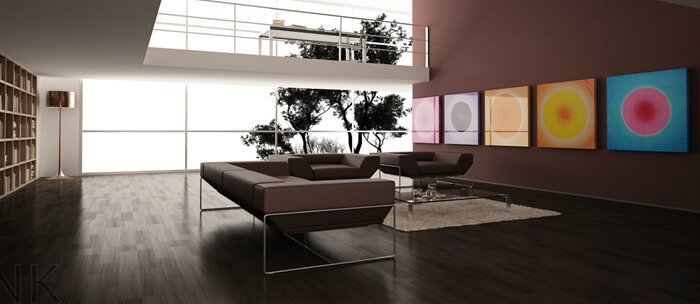
“A truly contemporary and "mytho-poetic" concept was presented to the viewer in the British Club building, part of Gary Bowman Gallery, Lviv. Why here, in this "petit pale", in this old traditional space, filled with baroque murals and frescoes? On one hand, the viewer is surrounded by the rigid portraits of the queen and the king, floating rococo figures on the sealing frescoes, yet on the other hand, he views astonishingly abstract conceptual painting on the walls. One can't help, but feel a certain disconnect, perhaps a shock and awe, and even be taken aback with this unconventional approach. Yet combining old and new, marrying them into one unanimous - is at the grounds of post modernism itself. And Igor Kalinauskas is a known master of this game. Be it his presentation of "The Last Supper" installation, poignantly placed within the sacred space of the cathedral, or these series of "Wondering Stars" playfully displayed, as if by an accident, on the walls on an old palatial structure - it is always a dramatic play of the eternal. The element of performance is indeed omnipresent. The show opened with a dance of fire, where a dancer herself created abstract circular shapes with ope flame. These very shapes, were then echoed with the paintings of the "burning spheres" at the show, titled "Wondering Stars". One can not help, but be reminded of the Shalom Aleichem's novel - "Wondering Stars", and feel the social and philosophical tension of this creative prototype. As if the artist himself is working in collaboration with this literary master. These parallel's with Aleichem's work, define the space itself and undermine the whole concept of the social order, and the "political correct". Once again, the "il directore" - Kalinauskas, much like Fellini, has engaged the viewer in the play. No, not as an aloof spectator but rather as an actor, an active participant instead.”
Christina Katrakis MFA (PhD), contemporary international art critic and curator, art historian,
professor of Fine Arts and Art History, president of the International Academy of Arts,
UN ambassador of good will in the field of Culture, USA.
Igor Kalinauskas (INK) paintings: "THE INFINITY OF SPACE"
"Igor Kalinauskas took up painting relatively not long time ago, having already won a fair name in the world of art and science: a well-known keen art director, writer, philosopher and psychologist, scientist, professional musician.
Hermann Hesse wrote: "... There is no bottom or top, this exists just in one's brain, in the domain of illusions". Kalinauskas puts "the domain of illusions" on a par with reality, he even brings stability to the imaginary world gazing arrogantly upon the fuss of the real world. The strained and severe peace, bright like a carnival and strict like a fugue, the balance fraught with explosion - all this is immersed in time seemingly stark for ever, the time principally inconsistent with the brevity of human life.
The great can be concentrated in the atom, in its particles, as human conscience is neither grand nor minute, while it is the conscience that has all of the worlds inside. The"grandeur of the minor", the "value of any item" - this is the dominant feeling one has watching the " bunching of the planets" in Igor Kalinauskas's infinity of space."
Mikhail German, Professor, Doctor of Fine Arts, Academician of Academy of Humanities,
Member of International Association of Art Critics (AICA),
Chief research associate of State Russian Museum
"Kalinauskas’ vivid expressive creative works give completeness and individuality to the interior and simultaneously emphasize its owner’s delicate and non-standard taste. Due to the vivid saturated coloring and the complex multilayer facture, they themselves as if radiate the light. Thus, even his wide-format canvases do not clutter the interior up, but fill it with light, air and, the most important thing, with alive positive energy.
The multimedia project, issued by the designer Darius Kalinauskas, i.e. “The Visualization for the INK paintings”, clearly manifests all this. Three series of Igor Kalinauskas’ paintings, i.e. The Last Supper, Mystery of Time and Wandering Stars, are presented in the project. These vivid abstract compositions, containing mysterious signs and symbols, are as if the reflections of the cosmic system of the universe, which found its unusual implementation in the artist’s creativity. "
Sarunas Peckus, art review, Vilnius, Lithuania
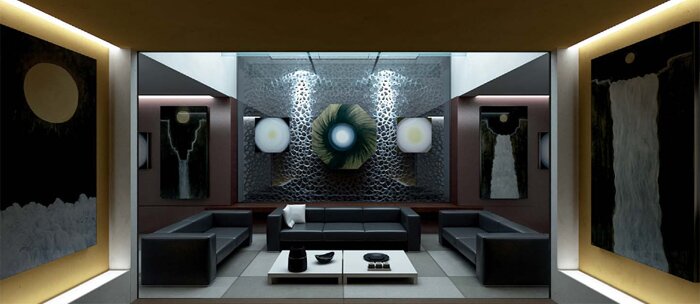
“The name of Igor Kalinauskas is widely known – being a practicing psychologist, a reputable business coach, the author of numerous publications, a musician and an artist – Igor Kalinauskas seems to embody the renaissance “universal man” concept. It is hard to hold back amazement when you first meet him. At his age he remains cheerful and energetic like a teenager, he is a tireless traveler, a competent and lively storyteller who is able to retain attention of large audiences. Kalinauskas is a striking example of a multifaceted human personality and how these facets can sparkle as a result of hard work aimed at internal resources activation.
The science of the XX century is known to have raised the issue of psychology of creativity, however, the interest was unilateral – scientists attempted to comprehend the origin of human creativity studying the examples of gifted creators. The phenomenon of a psychologist having turned to the fine arts is particularly interesting. It is quite obvious that being a recognized guru in practical psychology alongside with profound knowledge of its laws allowed Igor Kalinauskas to set his creative energy free and actualize himself as a multifaceted and artistically gifted personality.
Alisa Lozhkina, art critic, еditor-in-chief, ART UKRAINE
“In the beginning of last century Wagner started to elaborate the theory of the unity of arts. And from that time on, many artists have tried to accomplish perfection, universal art that could combine all the arts. At avant-garde times great innovators left us their works with spaces that united by action. Today I was present at this amazing synthetic act, where Igor Kalinauskas, as a stage director, a musician and an artist, united all types of art: music, painting, directing, sculpture, performance and a book. This event, astonishing in its perfection, is very important both for Ukrainian and European cultural life.”
Alla Revenko, art historian, member of the Union of Artists of Ukraine,
professor at Kiev State Art Institute, author of course Synthesis of art
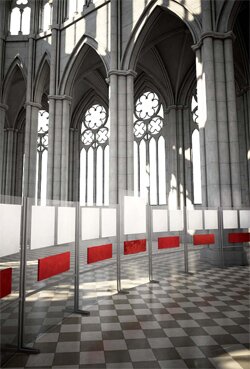
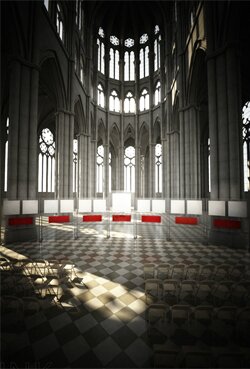
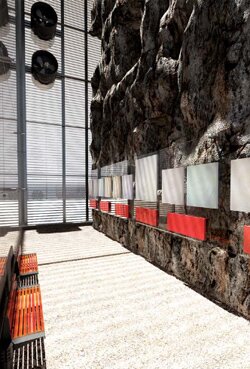
“During the exposition in Kyiv Municipal Art Gallery “Lavra” over 1000 people have visited the project. And each of the visitors found something for themselves. Some empathized with the apostles, some prayed and some received the answers to their questions in this unique place. Some got rid of weight in their souls by empathising with Christ and some forgave and let go of the past by empathising with Judah. Some were puzzled and some were filled with indignation. But there invariably was response.
Fellow artists appreciated Igor Kalinauskas’ project, appraising the large scale and profoundness of the exposition that accentuated the importance and uniqueness of the artist’s skills as a creator, which was brought up during the discussion at the installation closing ceremony in Kiev.
The leading opinion-shaping art critics were astonished by incredibility of project - from intent to realization of the project that changed the inner space of, per se, underground art gallery “Lavra”. However, the event of this sort is not mainstream in contemporary art, which tends to trigger shock and surprise, instead of empathy or subjective association with it.
Nevertheless, the most important is that the visitors understood that there is a kind of contemporary art that can be emotionally joined in, that can be empathised. Indeed, that is a cultural event of large scale.”
Galina Pogorelova, the project curator
“I was face-to-face with the work of art and felt that all my senses are being activated, and this is the only work among Arsenale (international Kiev biennale, that was held at the same time as Igor Kalinauskas’ exhibition in Kiev, which, by the way, was not a part of biennale) that had this astonishing influence. It’s as if I entered the painting. Thank you for the highest level of contemporary art.”
Natalia Shpitkovskaya, communications and business development manager,
M17 Contemporary Art Center
“This work is completely different from everything that we are used to see at the exhibitions, so as not only image and sound are used, but also the space itself is engaging the viewer into the scene. Indeed, this is a unique event even as far as for Europe.”
Aleksandr Vladimirovich Kuziants, Directorate of art exhibitions in Ukraine

